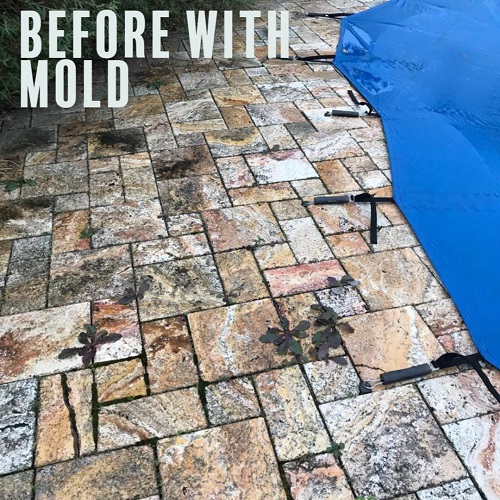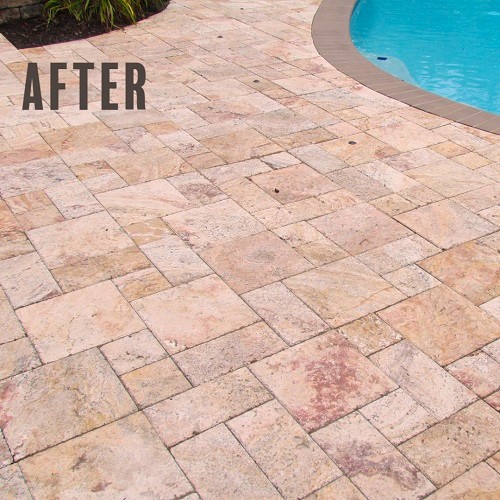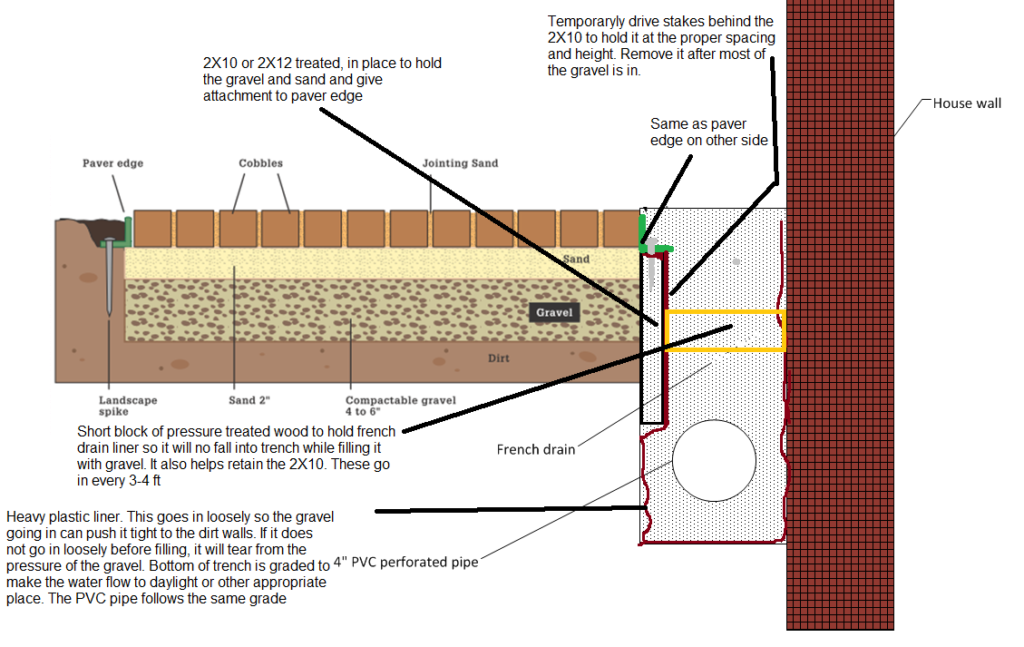Battling the Mold on Pavers Monster: Your Rescue Guide
Contents
- Battling the Mold on Pavers Monster: Your Rescue Guide – Page 1
- The Mold Menace: More Than Meets the Eye – Page 1
- Unmasking the True Culprit – Page 1
- The Secret Weapon: Proper Installation – Page 2
- Rescue Mission: Saving Existing Patios – Page 2
- Maintenance Magic: Keeping Your Pavers Pristine – Page 3
- The Gothicstone Advantage – Page 3
The Mold Menace: More Than Meets the Eye
Picture this: You’ve just invested in a stunning paver hardscape. The sun glistens off the smooth surface, and you can almost feel the envy radiating from your neighbors. But then, like an unwelcome guest, mold creeps in, threatening to turn your dream outdoor space into a nightmare.
But here’s the kicker – it’s not just about insufficient sunlight or Mother Nature’s whims. The real villain lurks beneath the surface, waiting to sabotage your paver paradise.


Unmasking the True Culprit
You might wonder, “Why does my neighbor’s patio look flawless while mine’s turning into a science experiment?” The answer, my friend, isn’t blowing in the wind – it’s trapped in poor drainage.
Mold (and algae) on pavers are like uninvited houseguests who overstay their welcome. They thrive on moisture, setting up camp on your damp pavers. But here’s the million-dollar question:
How can two neighboring properties, facing the same environmental conditions, have such drastically different outcomes?
The secret lies not in what you see, but in what you don’t – the foundation beneath your feet.
The Secret Weapon: Proper Installation
Imagine your paver installation as a Hollywood blockbuster. The pavers might be the stars, but it’s the supporting cast – the substrate – that truly makes or breaks the show.
Here’s the plot twist: It’s not just about piling on gravel and sand. It’s about creating an escape route for water, worthy of a heist movie. You’re essentially building a hidden pond under your patio without proper drainage. And trust me, that’s one water feature you don’t want.
So, what’s the winning formula?
- Clean, screened gravel (ditch the “modified” stuff)
- Proper grading to avoid water pooling
- A well-designed French drain system
Remember, water always seeks the lowest point. Give it somewhere to go, or it’ll throw a party for mold and algae right under your nose.
Proper Paver Drainage Illustration

Rescue Mission: Saving Existing Patios with Mold on Pavers
But what if you’re already knee-deep in a moldy mess? Don’t throw in the towel just yet. It’s time for a rescue operation:
- Identify the lowest spot in your patio or pool deck
- Create an escape route for trapped water
- Install PVC pipes to guide water away from your hardscape
It might sound like a lot of work, but trust me, it beats the endless cycle of power washing and watching mold return like a bad sequel.
Maintenance Magic: Keeping Your Pavers Pristine
You’ve come this far in your quest for the perfect patio. Why stop now? At Gothicstone, we’re not just about selling you stone – we’re about engineering your outdoor dreams into reality.
Our team of paver perfectionists is ready to help you create an outdoor oasis that’ll make your neighbors green with envy (and not with mold).
Ready to transform your outdoor space from “meh” to “magnificent”? Don’t let mold hold your patio hostage any longer. Reach out to Gothicstone today, and let’s script the blockbuster sequel to your outdoor living story – one where mold doesn’t even make the cast list.